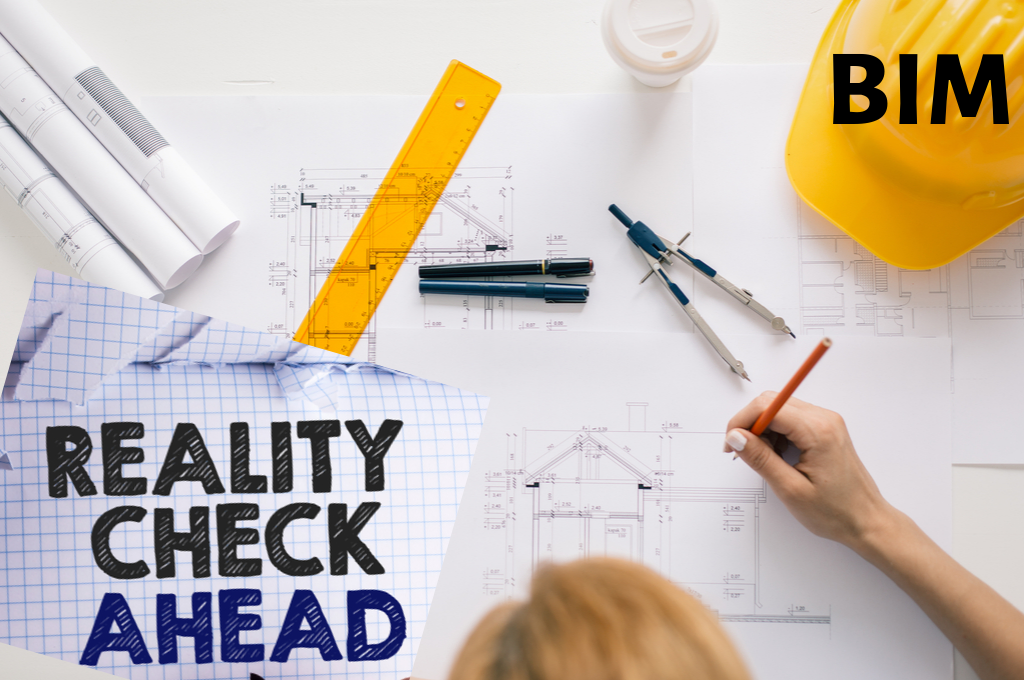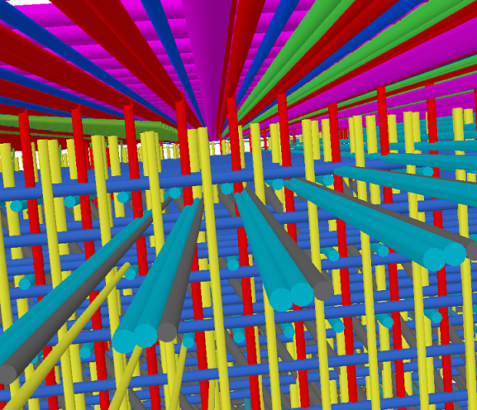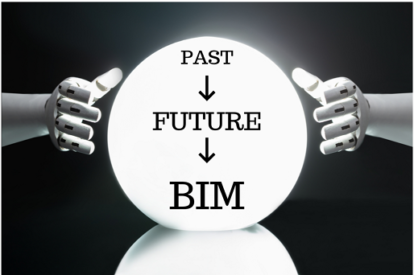In every engineer’s life, it is possible to observe several phases of attitude towards the broadly understood field of construction. Initially, just after leaving the university, every young graduate is full of expectations, hope and enthusiasm to work. The first clash with reality happens while one is searching for a job. As it might seem, companies do not really compete to hire new engineers without experience. But let us suppose we got a job. Another surprise is the realization of the fact that several years of studies did not prepare us for it at all. It is necessary to learn everything from the beginning.
Advanced mathematics with integrals and differentials combined with high grades giving scholarships do not count much then. The next step is when we start to be more proficient in what we do and gain confidence. We become a little more careless and we feel that we are ‘invincible’. Until we make a mistake. Then we come down to earth, we are more humble and repeat the whole learning process from the beginning… hoping that each time we learn from our failures.
Do you want to know why and how did I become a BIM sceptic? Does BIM have disadvantages? If so, continue reading!
Table of contents
First experiences with BIM
The same process happens with the BIM technology – a beginner is full of enthusiasm, especially after seeing nice animations and visualizations. All of this looks great and promises easy and pleasant work while avoiding all possible mistakes. Indeed, everything in the model is presented and tested, isn’t it? Then, afterward, difficult questions start to arise – how does it work? Just click here and there a few times and you will get all kinds of requested information from the model? Can everything be parameterized? Is the model flawless? Who does all this work? How much does it cost? How does it work in practice on the construction site? Do I still need to make drawings? There are so many questions and so little time…;-)
But right after the first experiences, it turns out that the whole BIM is not so simple. Despite good-looking models and visualizations, we are gradually beginning to realize something. Something extremely important. Finally, enlightenment comes: BIM is not only a 3D model!
This is the time when another question arises: what is BIM then?
What does BIM mean to me?
From my own experience I have discovered that ‘well’ applied BIM is mainly something that is not visible on the 3D model:
- It’s the hard work of the entire team: starting from the investor, who should set the right requirements, through the architect, designer, contractor and suppliers.
- It’s about looking for new solutions, not necessarily tested before.
- It is good communication on the project, understanding the expectations and having discussion of the most appropriate solution for a given issue.
- It is the ambitious engineers who are determined to get off the beaten track – such as working with drawings – and are consistent in their efforts.
It’s the proper bosses, managers, and leaders who understand that investing in new technologies is both necessary and takes time. The results do not come immediately and sometimes it takes really a long time before seeing them.
Why did I become a BIM-sceptic?
I was myself, as well as most of the people who learn about this new technology, enthusiastic and believed that the introduction of BIM would solve all the existing problems. After all, how can you not believe a model which enables you to present anything in 3D and verify it? The following situations briefly explain how I became a BIM sceptic.
- My first, subtle clash with reality occurred when I realized that I couldn’t model everything, and often all this modeling takes more time than making traditional drawings. Besides, some public institutions in Norway require a certain number of drawings for the control and approval process of bridge structures. Just like for example Statens vegvesen, which is the equivalent of the Polish General Directorate for National Roads and Motorways. In other words, the drawings cannot be avoided in the end.
- I experienced another, more serious disappointment at the construction site when I compared a model made by the designer to the reality. In this case, the design was based on drawings, but due to a large amount of reinforcement, up to 400 kg/m3, the designer also prepared a 3D model of the bridge crossbeam reinforcement. By doing so, he aimed to check whether the whole designed reinforcement would ‘fit’ into the structure. Unfortunately, when modeling, the designer assumed that in places where clashes between the reinforcement exist, the contractor would solve the problem on site. In other words: when something becomes a bit more difficult, we put the problem ‘on the construction site’, which the site team will somehow manage. However, if we are not able to demonstrate the structure without a clash in the 3D model, how can we do it on the construction site in reality?
- Furthermore, I observed that similarly to using calculation programs in construction, we trust too much in new technologies and forget we have to think ourselves. Using BIM alone will not make the project a success, and improper implementation may even do more bad than good. The results are achieved in proportion to the amount of work you put into making the model. In other words, often repeated by older engineers: ‘shit in = shit out’.
- I have also become a sceptic in terms of BIM education and development opportunities. Nowadays you have a choice between many courses and ‘BIM-experts’ on the market, yet there is still a shortage of practical experience and knowledge about how all of this should be functioning and how to put it to our everyday work. As the BIM industry within the construction is relatively small, most courses are run by the same people and their agenda is similar. Only a handful of these people can prove adequate and practical experience to pass on their knowledge to others.
- As I worked in different companies and after various experiences, I discovered that quality control leaves a lot to be desired. At each stage of the project and in each involved organization. Unfortunately, there is never enough time or resources to do it all flawlessly. Nevertheless, it doesn’t justify poor quality and repetition of previously made mistakes. It concerns 3D modeling and BIM application in the same way as in case of traditional drawing-based design method and preparation of project documentation.
Hence, this is why I became a BIM sceptic.
Summary and glimpse into the future
After reading this article it could seem as if I have a negative attitude towards the implementation of BIM in the construction industry. Nothing could be further from the truth! Not only am I not a pessimist, but I also think that there is a huge potential and benefit of employing the technology (you may read about it in the article I co-written: Why should I use BIM technology).
As always, there’ s another side of the coin. BIM-scepticism is not bad and negative at all! The mere fact of asking questions, recognizing opportunities for development, the willingness for transformation into a more efficient construction process – all of this gives hope that within a few years the industry will change for the better. We are lucky to be part of the process – as well as setting standards for future projects. It will require hard work, openness, making and admitting mistakes – but I believe it is the only right way to do it at the moment. Therefore, it is important to remember that the implementation of BIM is not completely without problems. We must not only invest in new programs and spend money on training but above all change our mindset. The traditional way of implementing projects must be adapted to new technologies and market requirements, and most importantly: it must give us what we really need.
At the same time, I realised how accurate is the saying: as many people, as many different experiences and opinions. Hence, I would like to ask you: what was your first contact with BIM technology? Have you experienced similar emotions and thoughts as described in the above article? Leave your comment or email us at [email protected]!












